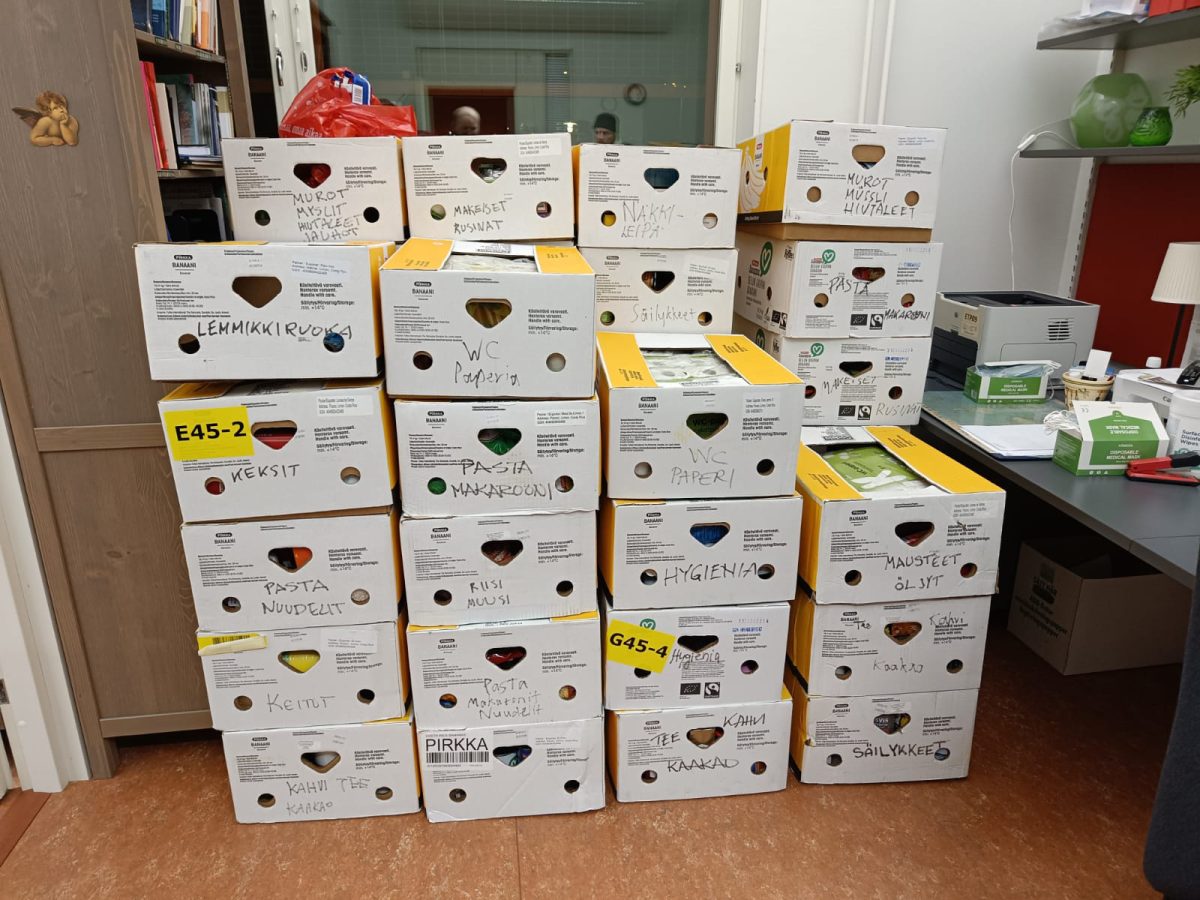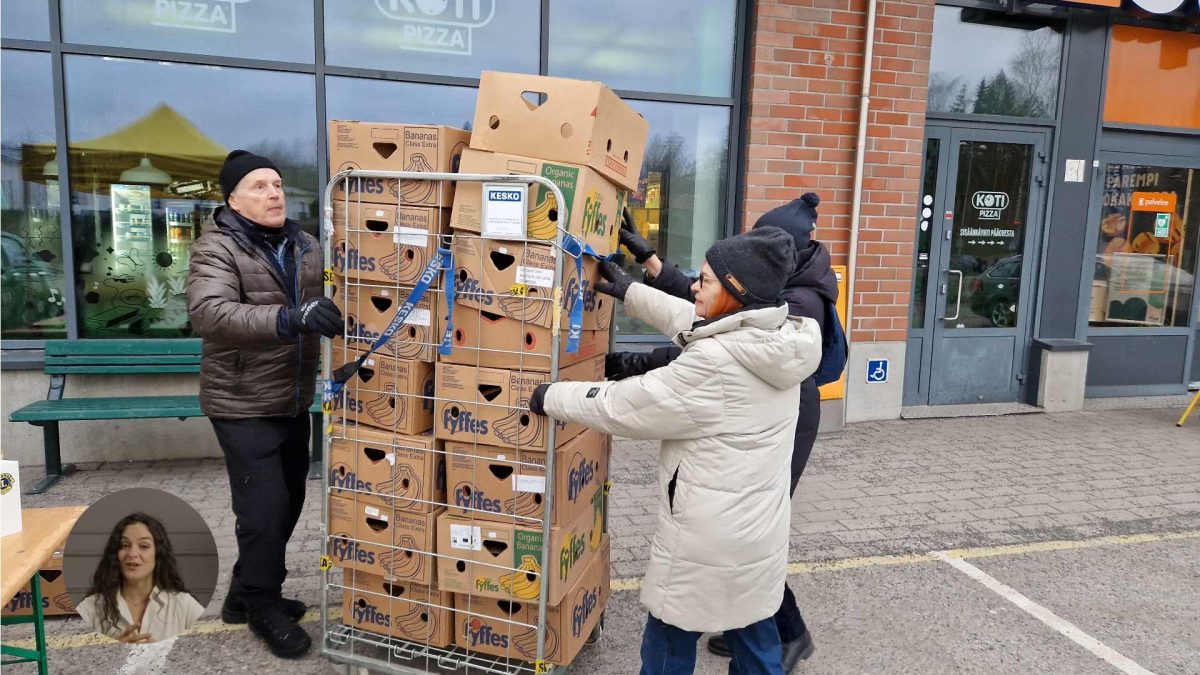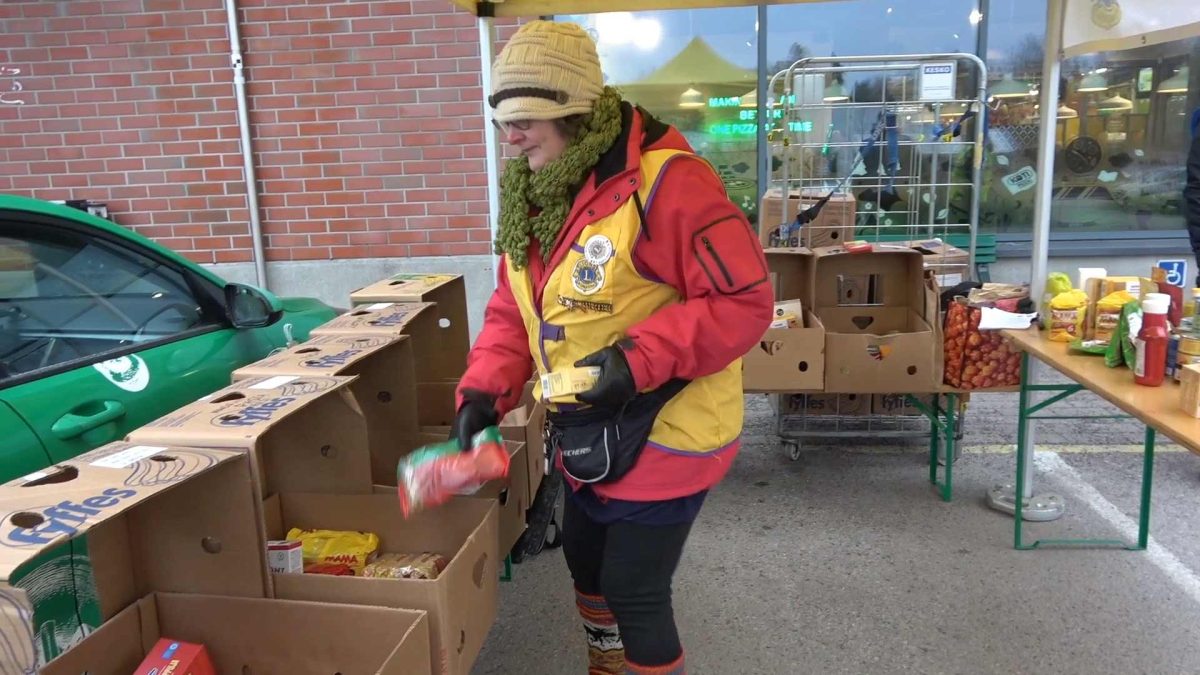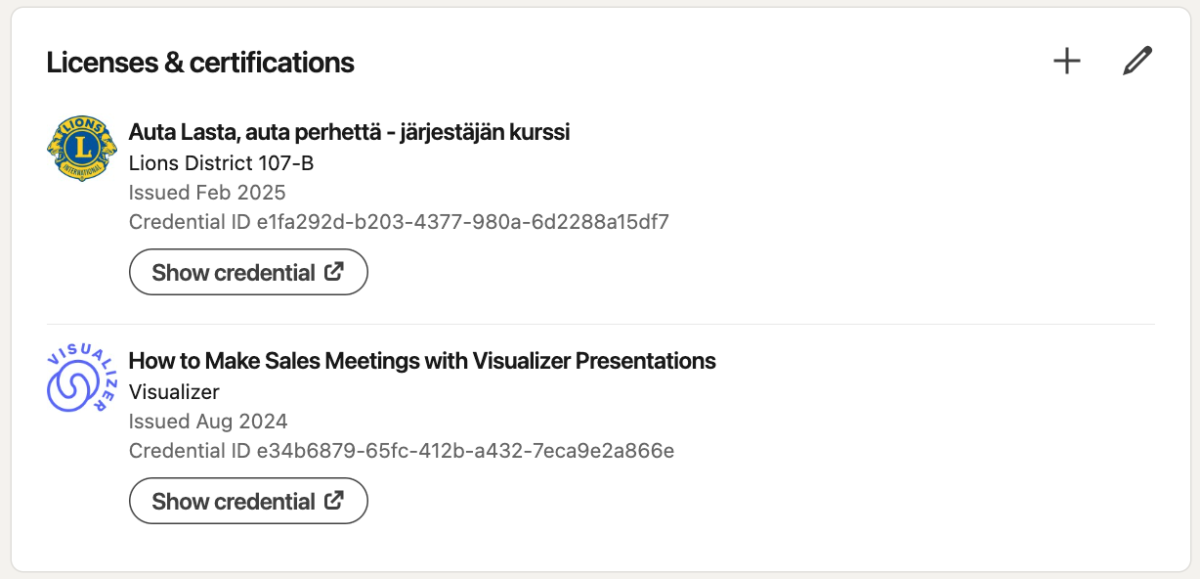Back to: Help a Child, Help a Family – volunteer course

Arrange the details of the distribution in advance
It is important to agree in advance how the goods will be delivered to the distributor. The collection manager will clarify this with the distributor and inform the team.
If the distributor will pick up the items themselves, make sure that they agree on a schedule for the end of the collectionand that they have enough space and resources to organise the pick-up.
If the goods have to be transported to the distributor themselves, ensure that there are enough volunteers and vehiclesto transport the goods.
Consider the needs of the distributor when sorting and packing the goods into boxes
Distributors often have specific needs and policies for packaging and sorting donations.
For example, some distributors prefer that items are sorted by category into different boxes and that the boxes are clearly labelled with their contents. In this case, a clear title should be written in ink on the top or side of the box, such as “Hygiene products ” or “Canned goods”, so that the goods can be easily found in the warehouse.
It is also good to know where to place the labels on the box so that they are easy to read in their storage system. This small detail will make the distributor’s job much easier and ensure that donations get to the people who need them quickly.


Make sure you know how to sort and deliver the goods
With the guidance of a collection coordinator, all volunteers know how to pack donations, where to store them during collection and where they will eventually be delivered. Clear instructions will make it easier to organise the final stages of the collection and ensure that donations are delivered exactly as the distributor needs them.




Experiences and tips

Example of sorting
An example of sorting goods in a collection:
- Hygiene products
- Biscuits and snacks
- Flakes
- Cereals
- Canned food
- Coffees and teas
- Juices
- Treats
- Prepared products (means pots, add water, etc.)
- Rice
- Pasta,
- Fresh produce (where you supply non-distributable produce, e.g. for volunteers)
- Refrigerated products (where you supply non-distributable products, e.g. for volunteers)

NOTE: Log in to get your course certificate!!!
Because you are not logged in, you cannot receive a certificate of completion of the course. Please log in to mark the courses as completed. You will receive a certificate by email which you can add to your LinkedIn profile, for example.

By logging in, you will receive a certificate for the course

Help us improve our online courses by answering a short survey:

SPONSOR’S ADVERTISEMENT:
Would you like to receive similar user training for your product or service?
